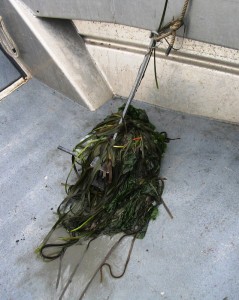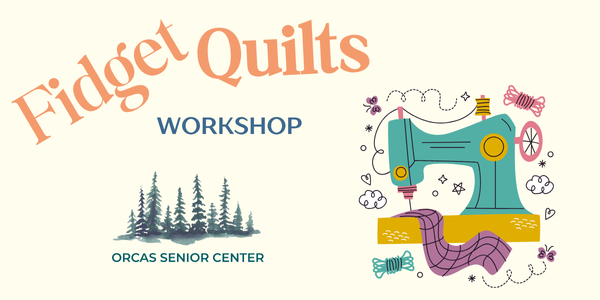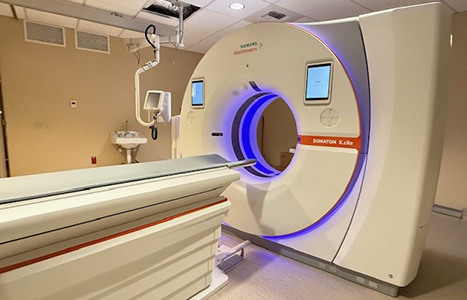By Tina Whitman, Friends of the San Juans
The 2011 boating season is officially upon us, and our waters will begin to fill with local and visiting boaters. When boating in the San Juans, you can help protect the underwater prairies of eelgrass essential to fish, crabs and other wildlife. By anchoring away from eelgrass, your actions help preserve the bounty of life that lies beneath the surface and the marine birds and mammals we enjoy seeing. Anchors hold poorly in eelgrass and damage the plants. While the impact of each individual anchoring event may be small, the combined and repeated affects of thousands of boaters anchoring is significant.
Juvenile fish, including salmon, forage fish, bottomfish, cods and flatfish, all utilize eelgrass for nursery habitat, food and shelter, as do Dungeness crabs. Herring spawn their eggs on eelgrass blades. These flowering marine plants also protect shorelines by trapping sediment and absorbing wave energy to offset erosion. In Washington State eelgrass is classified as a priority habitat and is protected under a “No Net Loss” policy. Help protect this vital marine resource by anchoring away from it.
Eelgrass depends on light to grow and in clear waters can be found thriving at depths of 30 feet. In the murkier waters of many local embayments, such as Fisherman, Blind and Westcott Bays, you can avoid the eelgrass habitat zone by anchoring in more than 15 feet of water at low tide.
Take a few minutes to educate yourself about what eelgrass looks like and where it typically grows. Eelgrass depth maps, signs and brochures are now available at most marine parks, marinas and boating related businesses in the San Juans. Look for the full page map in the summer issues of NW Yachting. Or visit the Friends of the San Juans website: https://www.sanjuans.org/Eelgrass_Protection_Program.html
**If you are reading theOrcasonian for free, thank your fellow islanders. If you would like to support theOrcasonian CLICK HERE to set your modestly-priced, voluntary subscription. Otherwise, no worries; we’re happy to share with you.**








